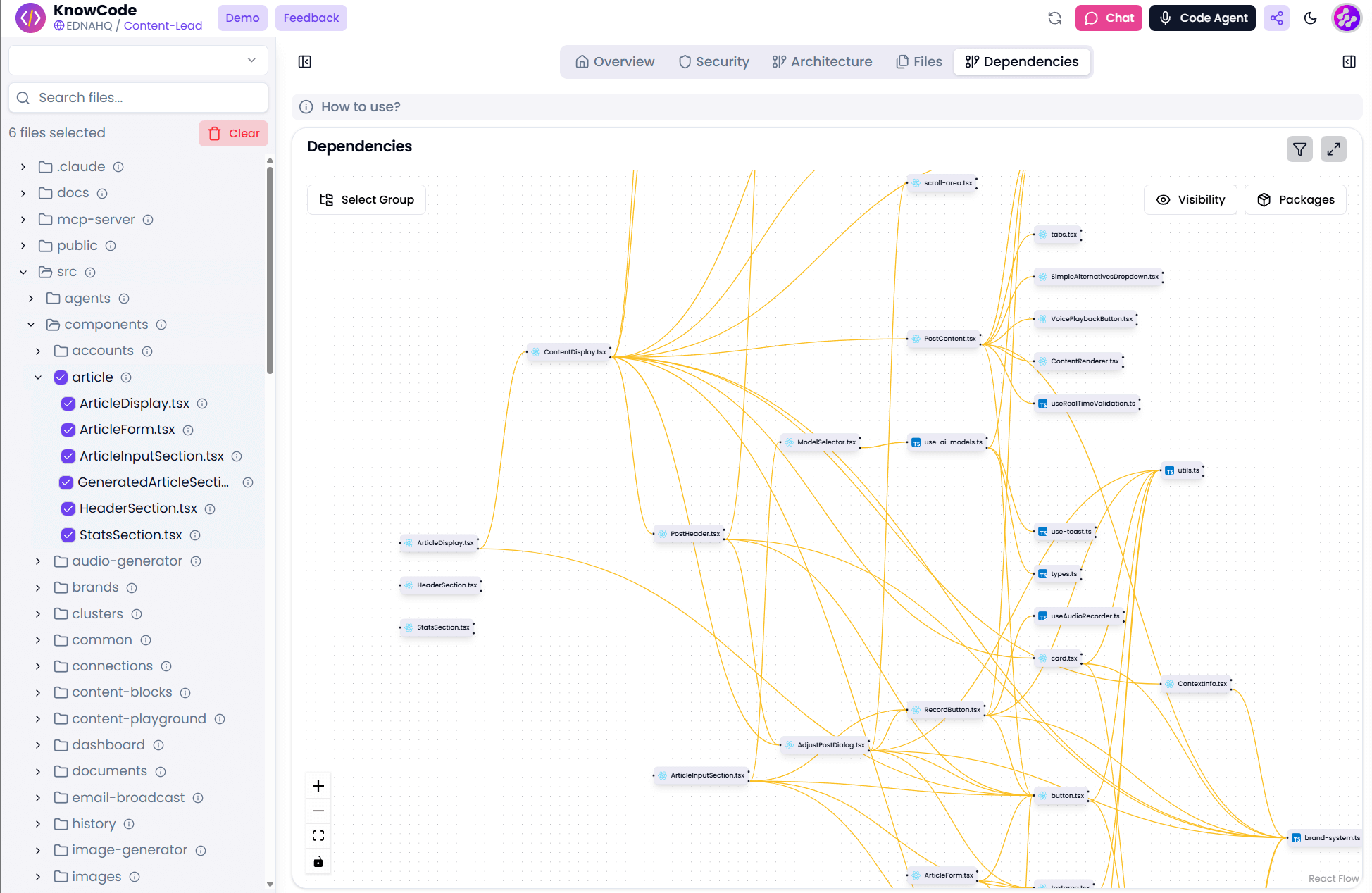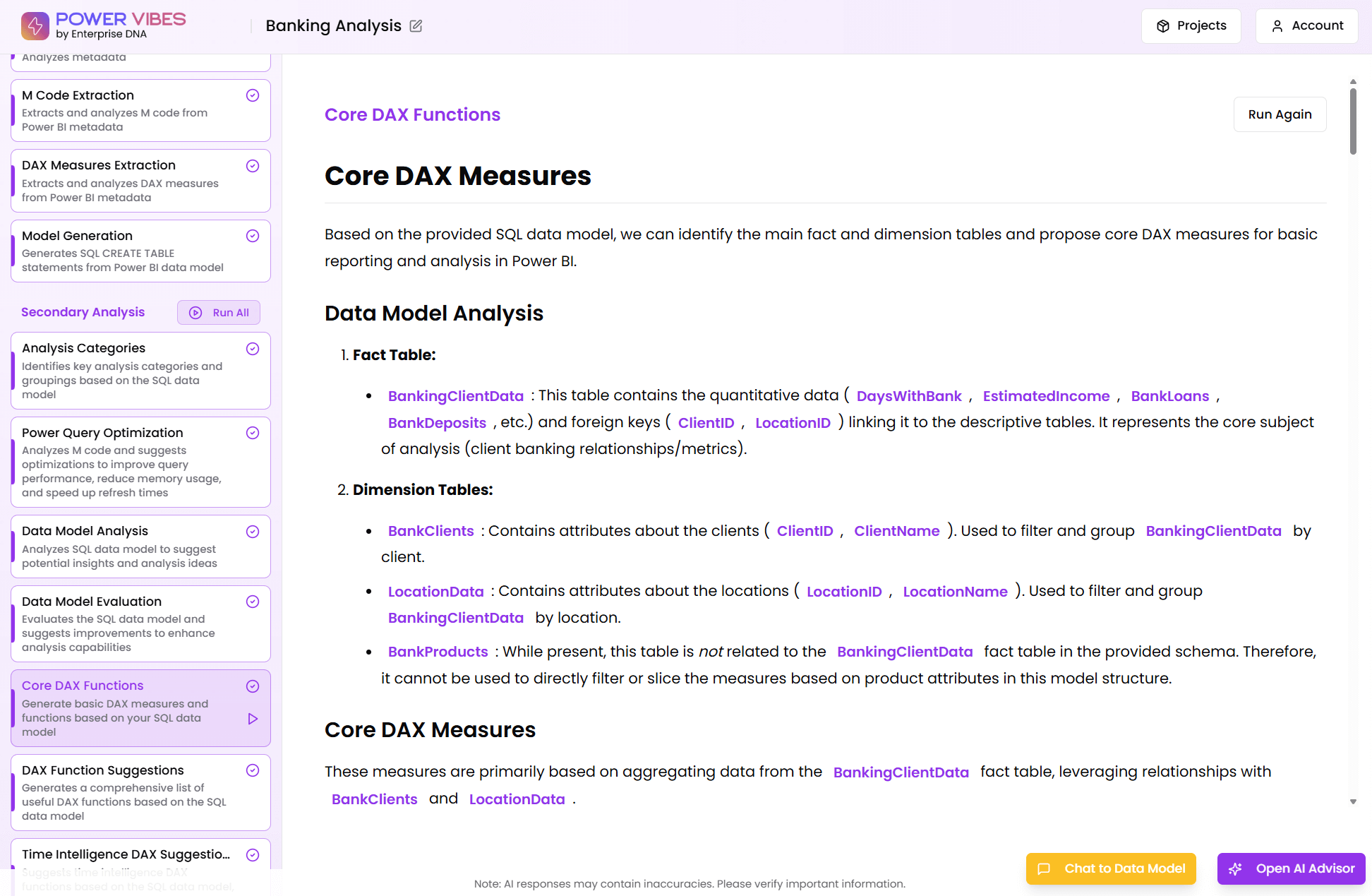DAX Function Guide
EDATE
Sam McKay
CEO & Founder
How does the EDATE work?
EDATE Formula Syntax
EDATE(
<start_date>, <months>
)
How do you use the EDATE?
Use EDATE function to calculate maturity dates or due dates that fall on the same day of the month as the date of issue.
Related Blog Posts
Loading
Considerations when using the EDATE?
If start_date is not a valid date, EDATE returns an error. Make sure that the column reference or date that you supply as the first argument is a date.
If months is not an integer, it is truncated.
When the date argument is a text representation of the date, the EDATE function uses the locale and date time settings of the client computer to understand the text value in order to perform the conversion. If the current date time settings represent a date in the format of Month/Day/Year, then the following string “1/8/2009” is interpreted as a datetime value equivalent to January 8th of 2009. However, if the current date time settings represent a date in the format of Day/Month/Year, the same string would be interpreted as a datetime value equivalent to August 1st of 2009.
If the requested date is past the last day of the corresponding month, then the last day of the month is returned. For example, the following functions: EDATE(“2009-01-29”, 1), EDATE(“2009-01-30”, 1), EDATE(“2009-01-31”, 1) return February 28th of 2009; that corresponds to one month after the start date.
Related Video Tutorials
Loading
Formula examples using the EDATE
=EDATE([TransactionDate],3)
=EDATE(B5,C5)
=EDATE(A2,B2)
Related Courses
Loading










